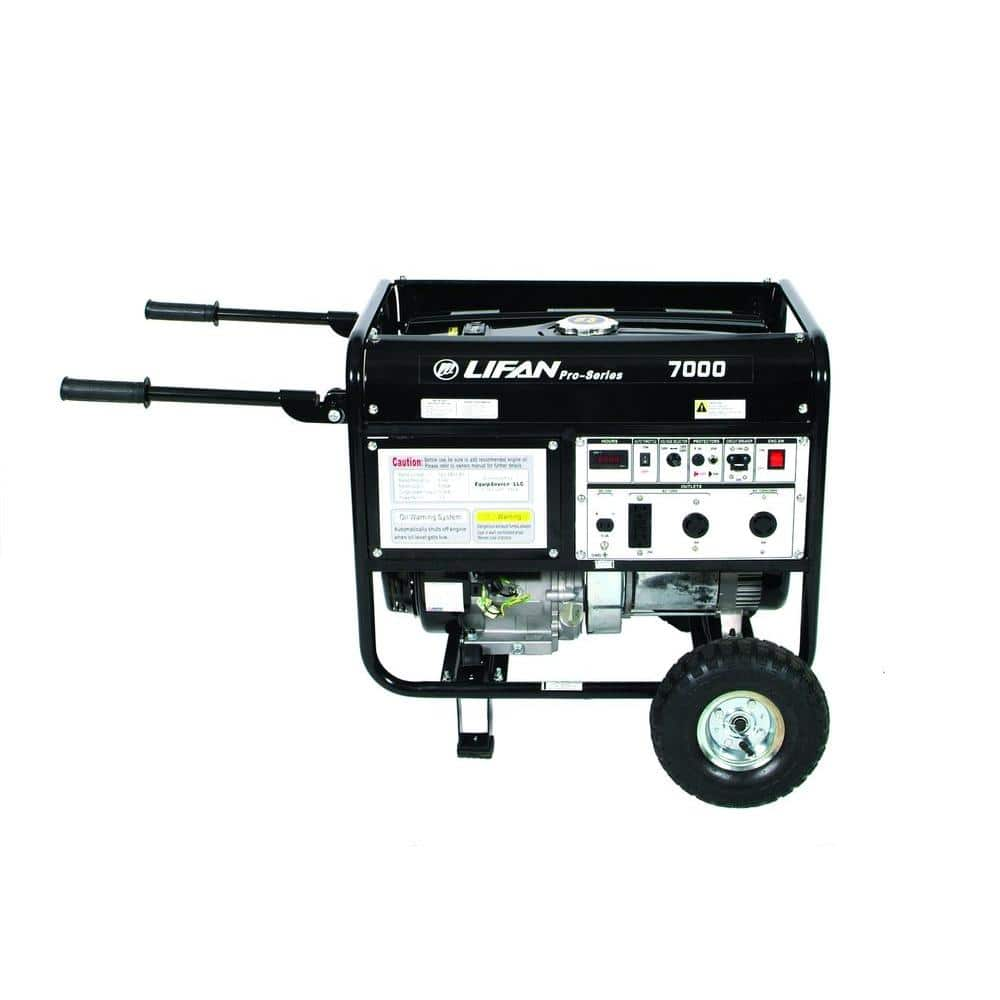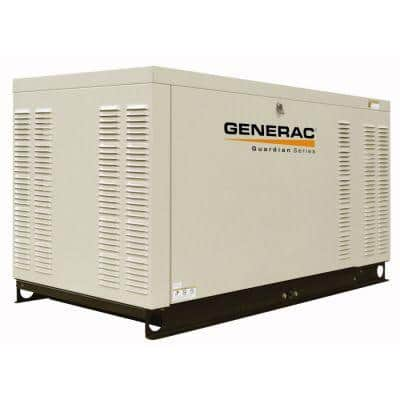Best Transfer Switches for Your Generator
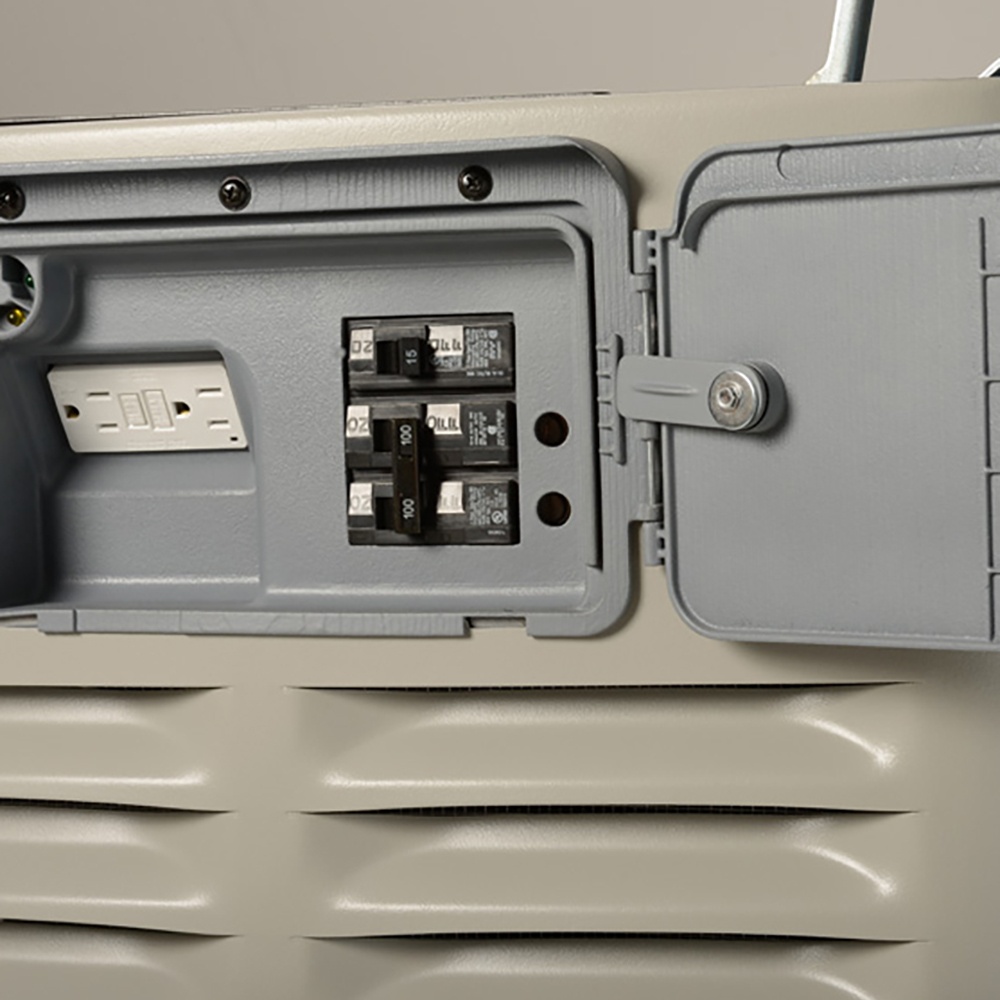
Last updated September 7, 2023
During a storm, there’s always a chance of a power outage. A transfer switch allows your household to move off a utility power line and get power from a backup generator. Once the power is back on, you can switch from the generator back to the utility line.
A transfer switch is an essential part of safely and legally using backup power. With a transfer switch, you can keep the main appliances in your home running while the power is out.
This guide will review the best transfer switches for your generator. It includes information on the two types of transfer switches to help you decide which one works for you.
Safety Tip: Transfer switches need to be tested and maintained regularly. Follow the guidelines in the manufacturer’s instructions.
Table of Contents
How Transfer Switches Work
Manual vs Automatic Transfer Switches
Additional Options
Choosing the Best Transfer Switch
How Transfer Switches Work
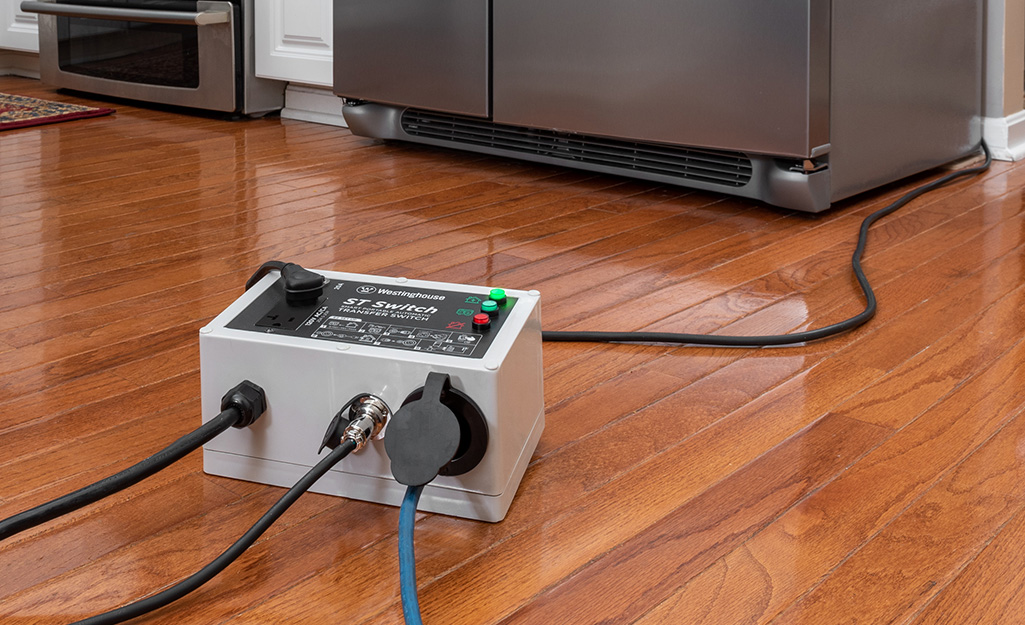
Transfer switches are permanently hard-wired to your home’s electrical panel and installed nearby. These switches solve the problem of backfeeding. It occurs when electricity runs backwards out of the house and through the utility transformer.
Backfeeding can cause serious damage to electronics. It also creates a dangerous environment for electrical grid equipment and service personnel. A transfer switch eliminates this hazard. The switch ensures your electrical service line is disconnected when your home is on generator power.
The National Electrical Code (NEC) requires all transfer switches to have a three-position switch. This requirement keeps power from accidentally backfeeding. The positions are LINE-OFF-GENERATOR or ON-OFF-ON. The OFF position is located between LINE and GENERATOR. The switch must be turned to OFF when changing from one power source to the other. It fully disconnects from the current source before the other is turned on. The three-positions of the transfer switch help keep electrical workers and everyone on your premises safe.
A backup generator can keep all your essential appliances running during a power outage. There are different types of generators and transfer switches. For the best use of your backup power, you’ll have to figure out which switch is right for your setup.
Tip: Many areas require that a licensed electrician install a transfer switch. Be sure to check local electrical codes before installing one yourself.
Manual vs Automatic Transfer Switches

The two types of transfer switches are manual and automatic.
Manual transfer switches:
- Need to be turned on and off by someone at your house
- Work with manual generators that have to be turned on and off by a person
- Are simpler to install, use and maintain
- Have less complex electronics than an automatic transfer switch
- Are less costly than automatic transfer switches
Automatic transfer switches:
- Pair well with permanently installed generators
- Come on automatically when the power goes out. No one has to be at home to turn on this type of switch.
- Make the switch to generator and back to utility power with no breaks
- Keeps the power on at your house even when you aren't there
- Require a bigger investment than manual transfer switches, but come with increased performance and convenience.
- Are the best solution for places like hospitals and data centers that need a continued power source
Additional Options
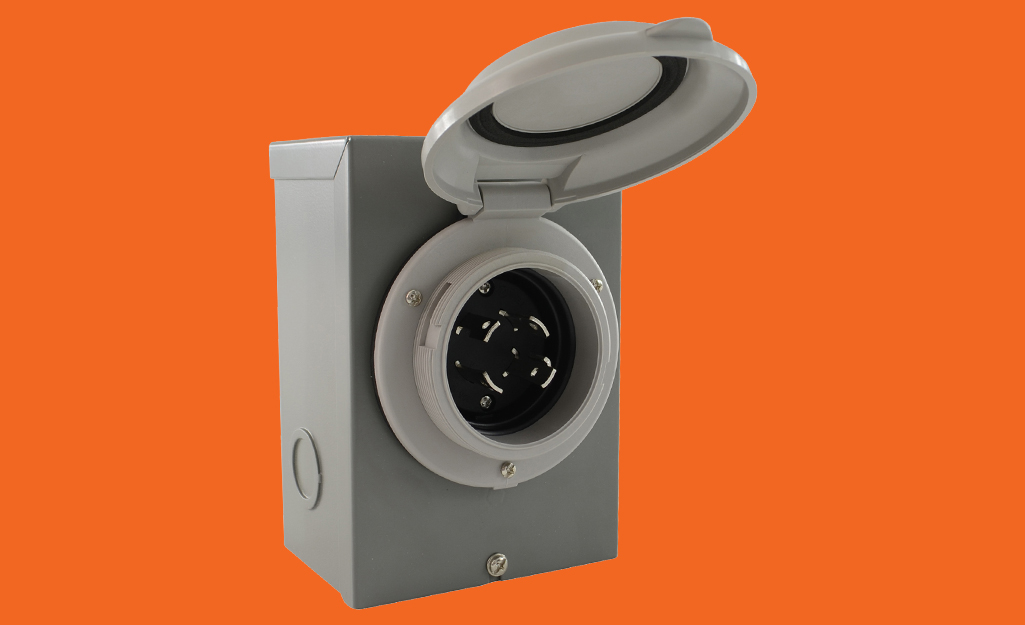
A transfer switch can be pre-wired or attached to an inlet box. Pre-wired transfer switches come with all the wiring needed connect the switch to the main breaker panel. Start by attaching the conduit to the main box. Then, pull the wires through the conduit. Finally, wire the circuits on the transfer switch to the breakers on the main panel that control the circuits you want to power with the generator.
An inlet box is mounted to an outside wall. It's hard-wired to a cord-connected transfer switch. With an inlet box, you won't have to run a heavy-duty extension cord from your house to the generator.
Outdoor transfer switches must be encased in weatherproof housing. They are installed on an outside wall as close to the main breaker panel as possible.
Choosing the Best Transfer Switch
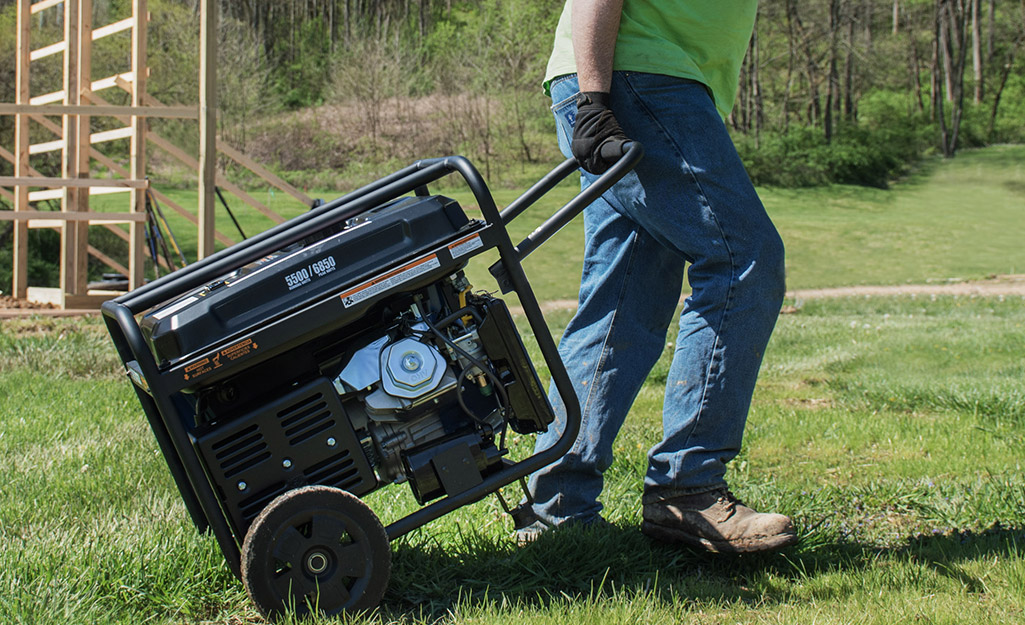
Learning how to choose the best transfer switches for your generator will ensure optimal performance in case of a power outage. If you have doubts about how to install a transfer switch, hire a qualified electrician.
Manual transfer switches:
- Will work well if outages aren’t very common in your area
- Are a good choice if you have a small home and use a portable generator
- Require someone on the premises to turn on the manual transfer switch when needed
Automatic transfer switches:
- Are a good choice if storms and power outages are common in your area
- Are a permanent and automatic solution that work with standby generators
- Work best for large properties and businesses
- Provide extra peace of mind because you don't have to worry about turning them on
Know the difference between an automatic and manual transfer switch to determine which best suits your home's electrical wiring system. Learning how to choose a transfer switch for your generator will ensure the best performance in case of a power outage. You may need a qualified electrician to install it.
Need a transfer switch to get your home ready for storm season? The Home Depot delivers online orders when and where you need them.
